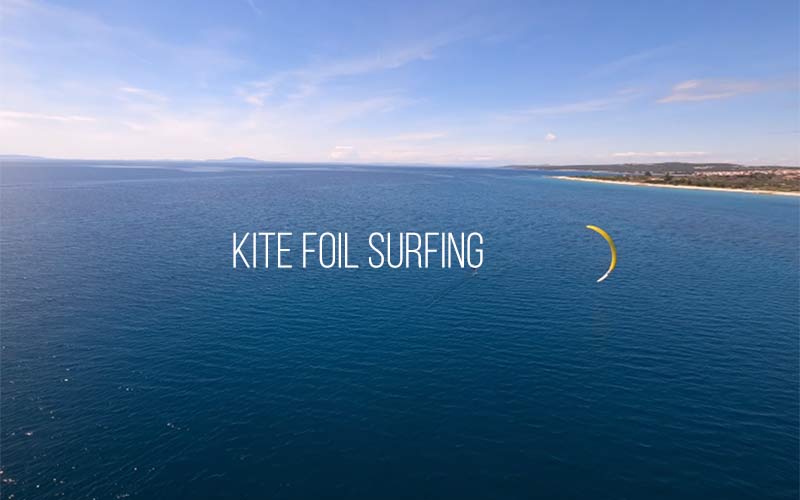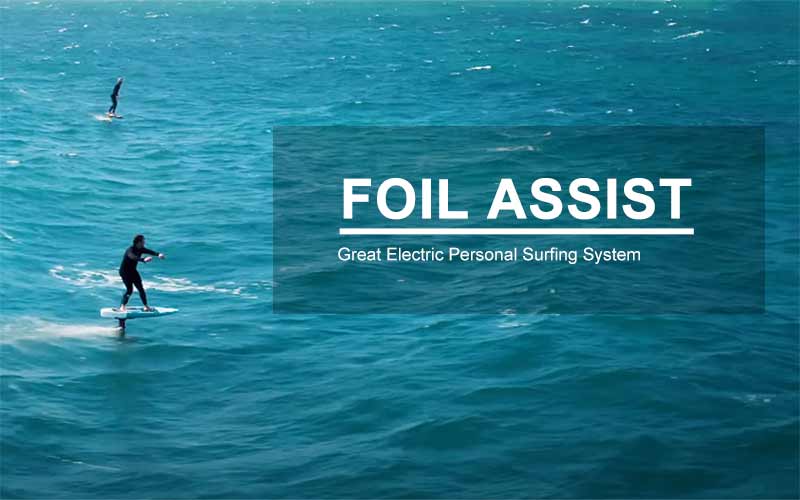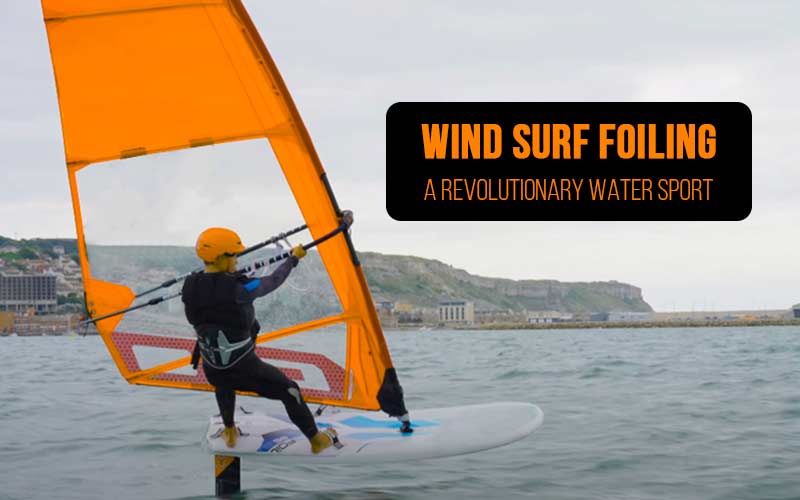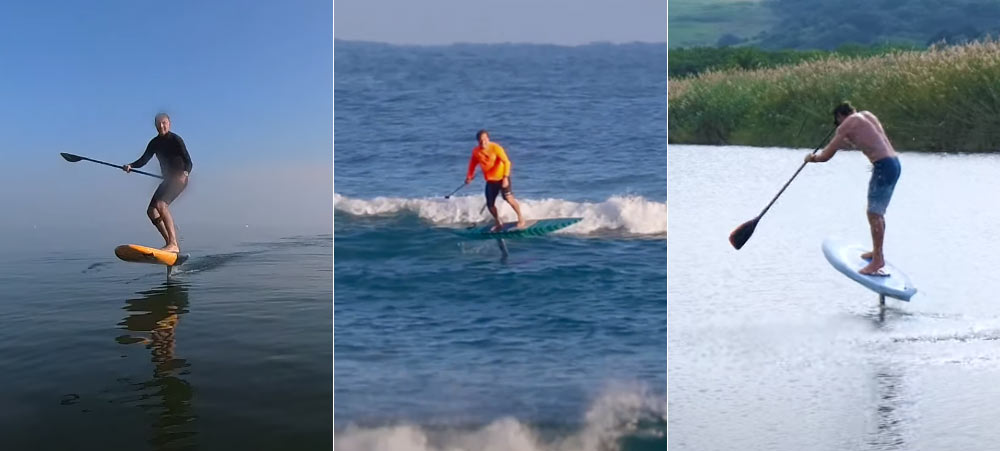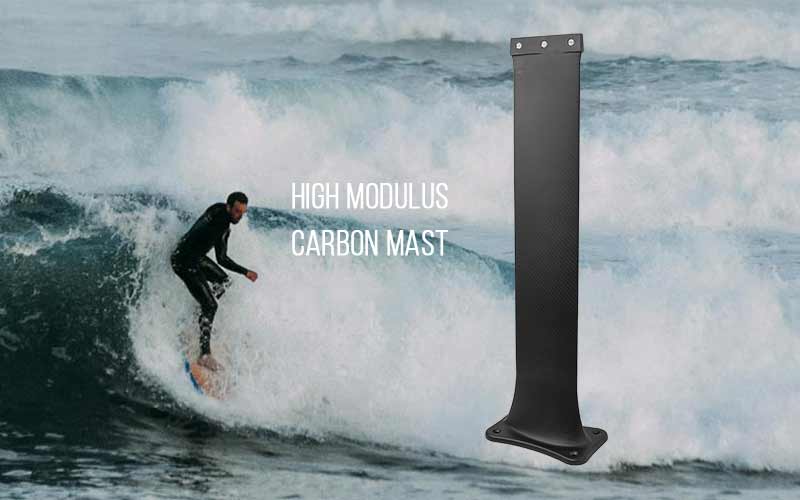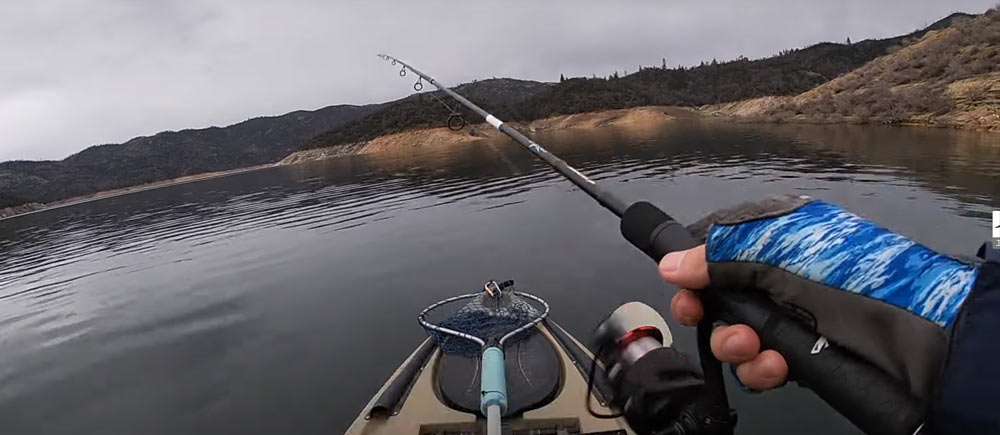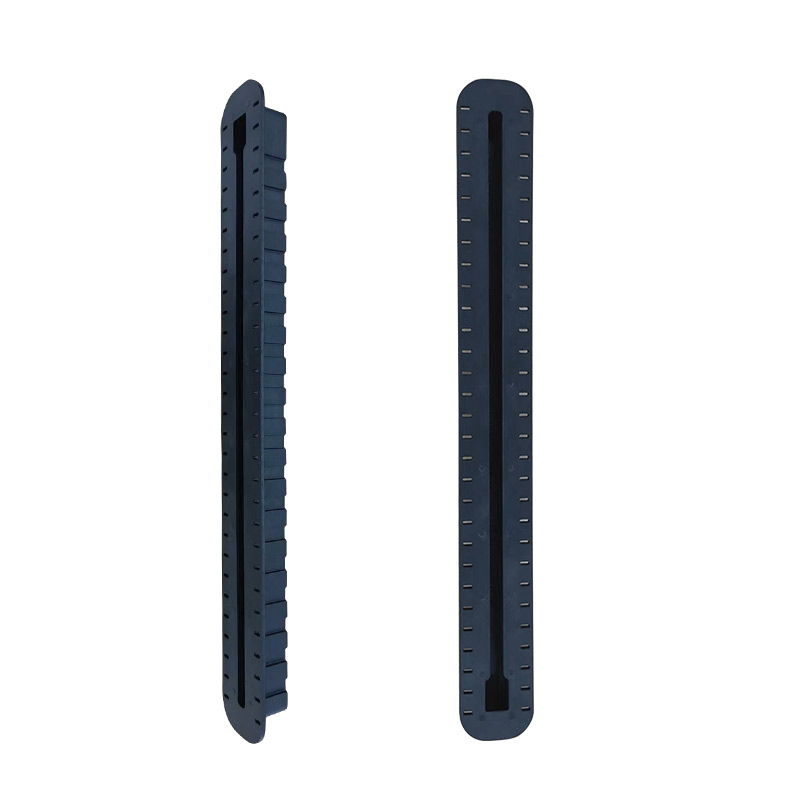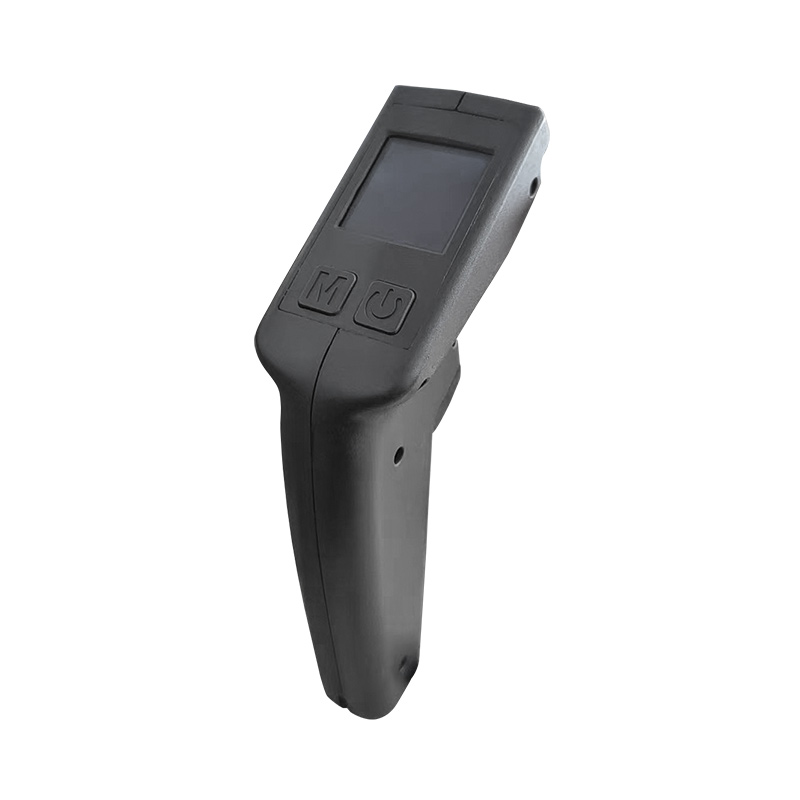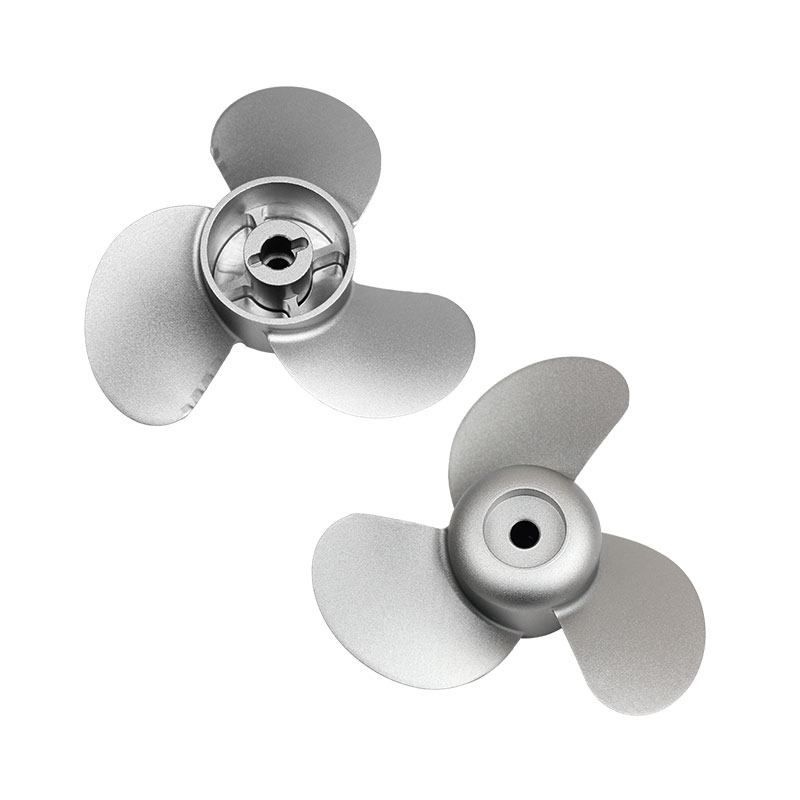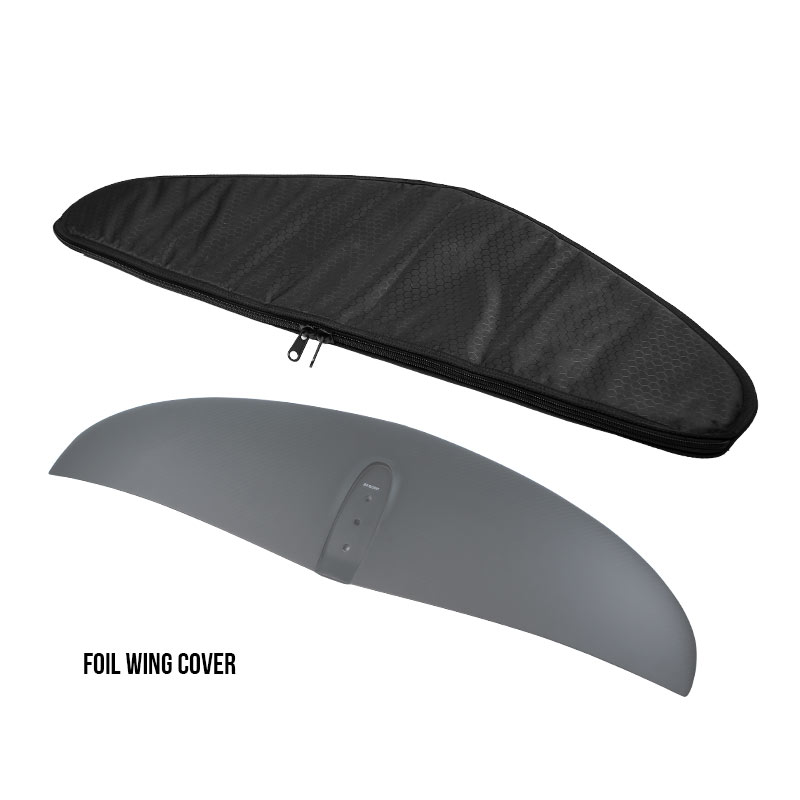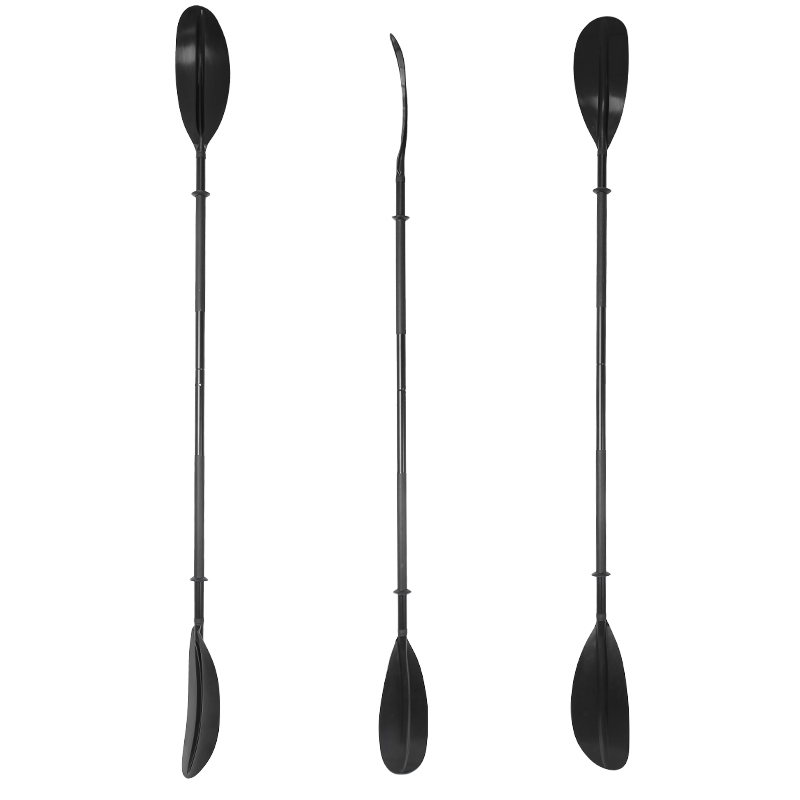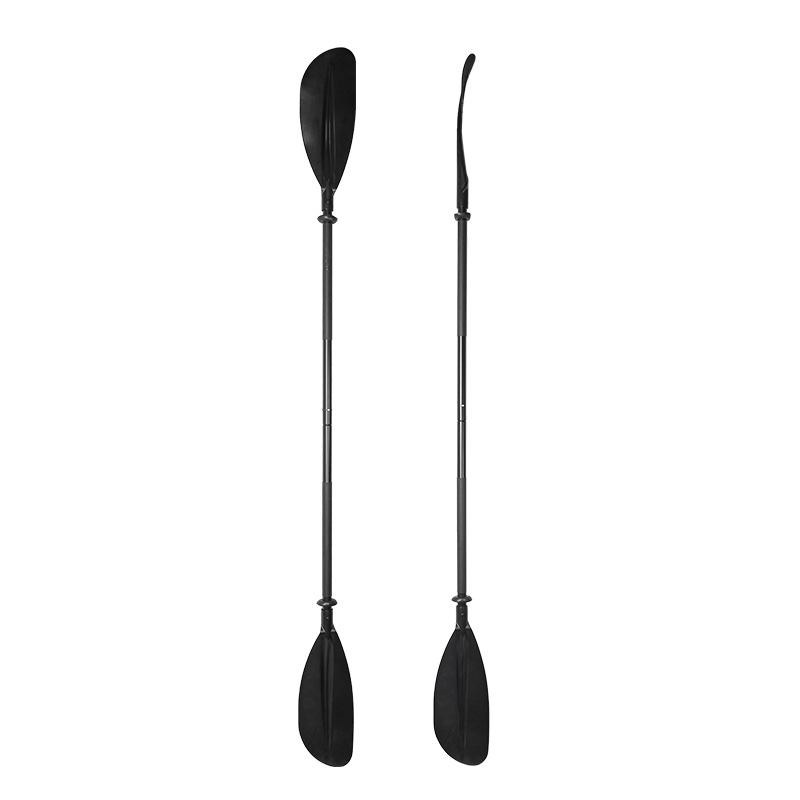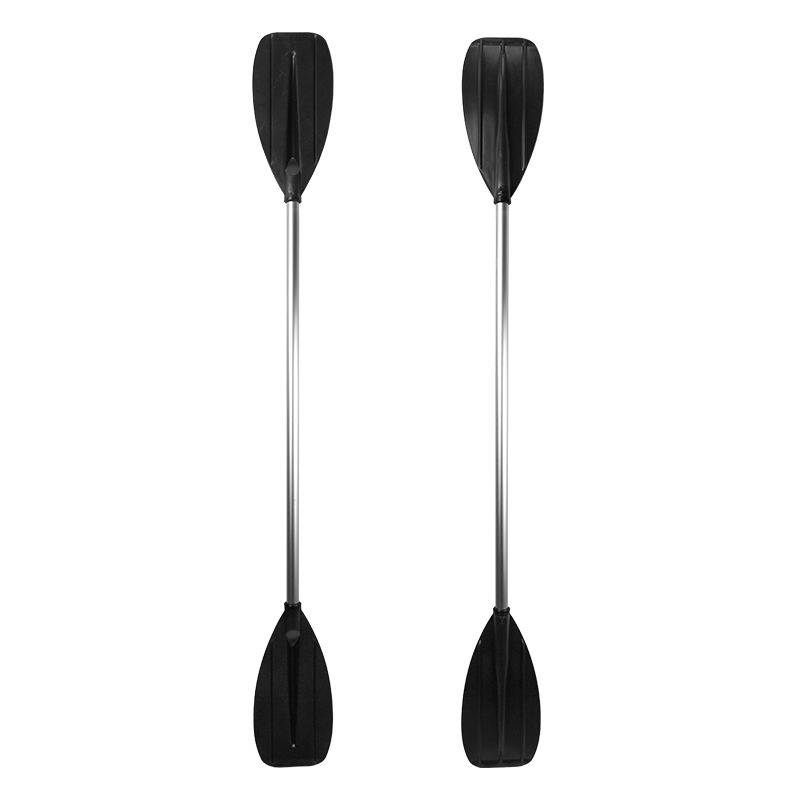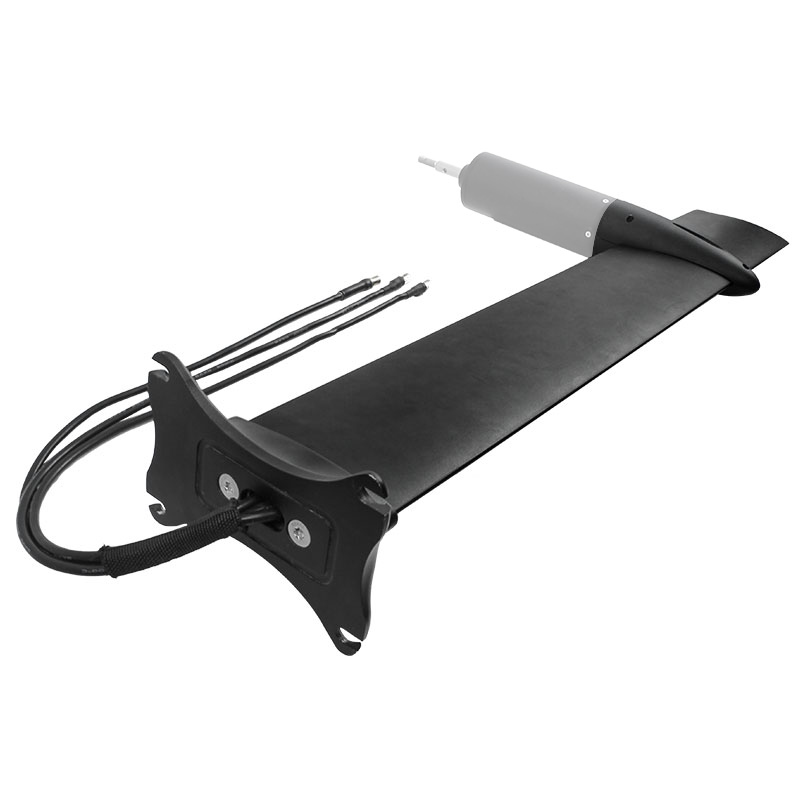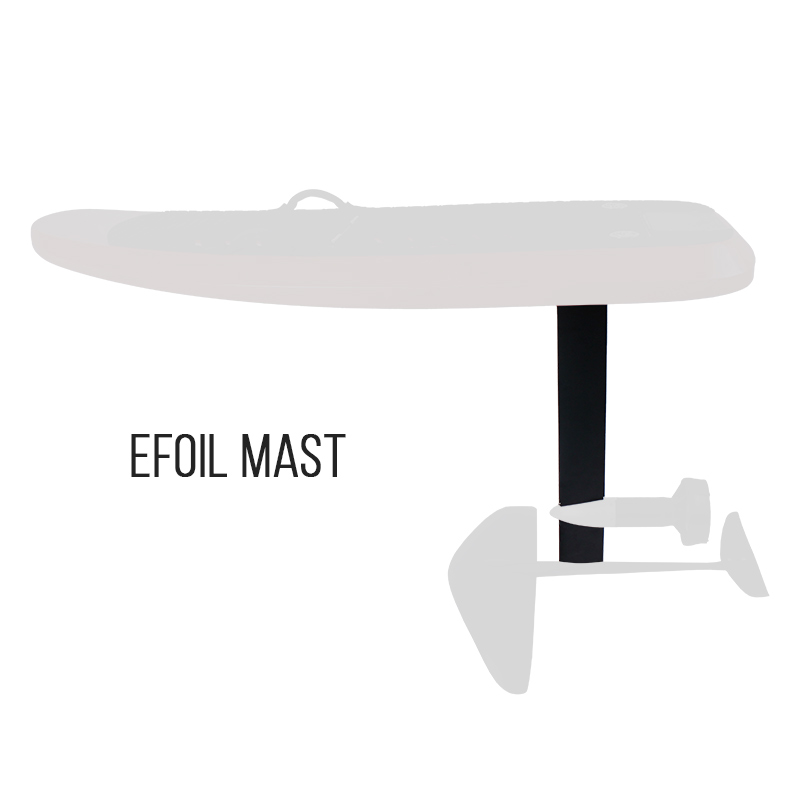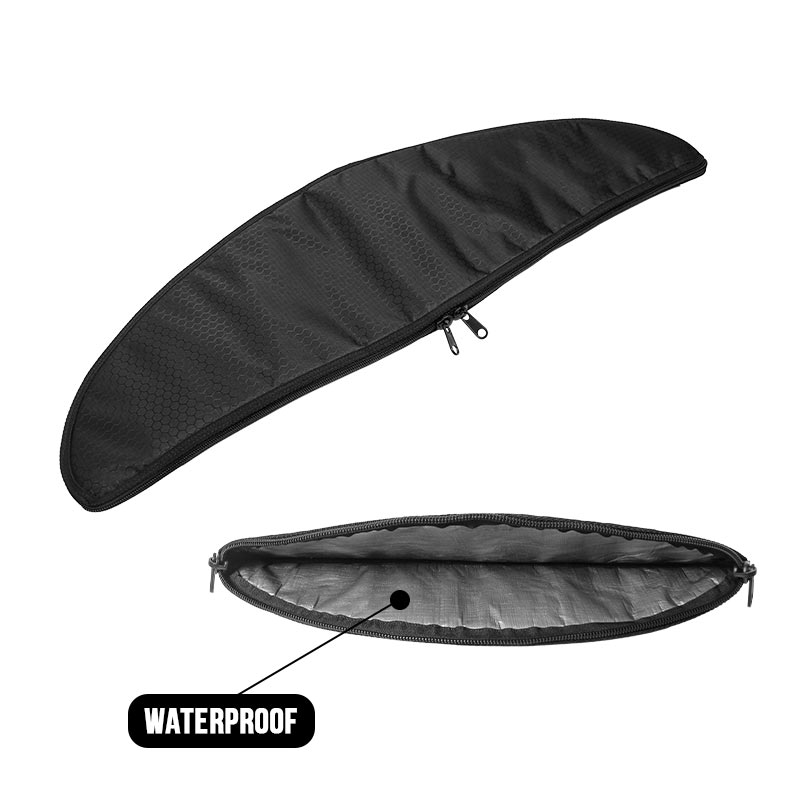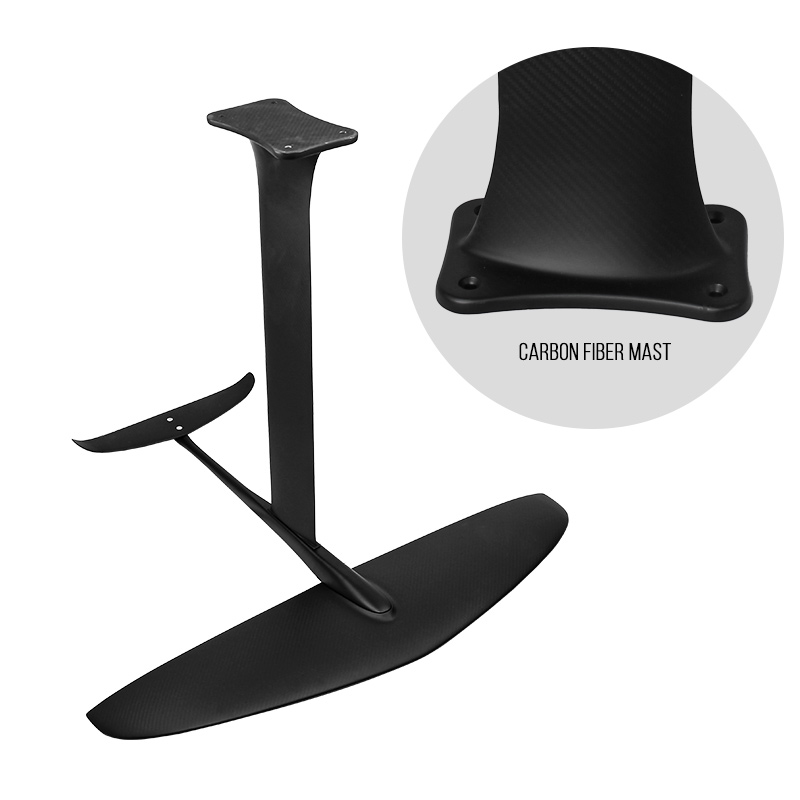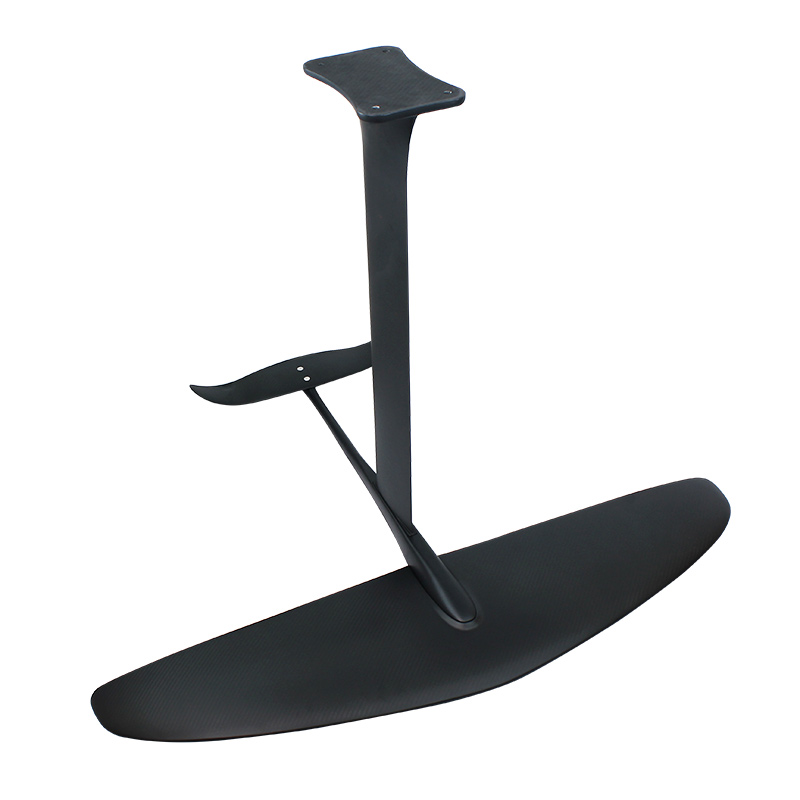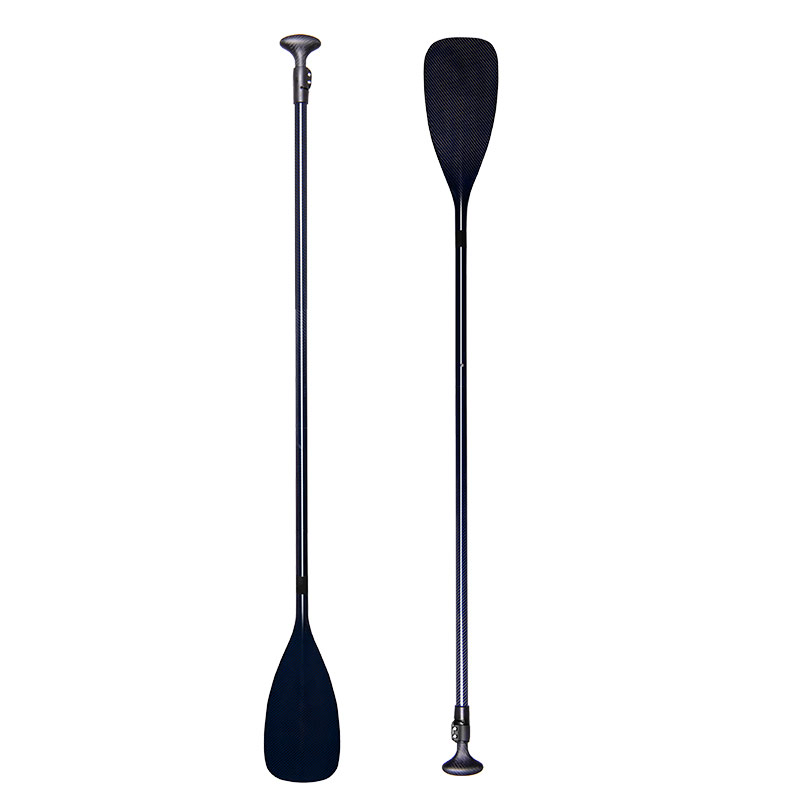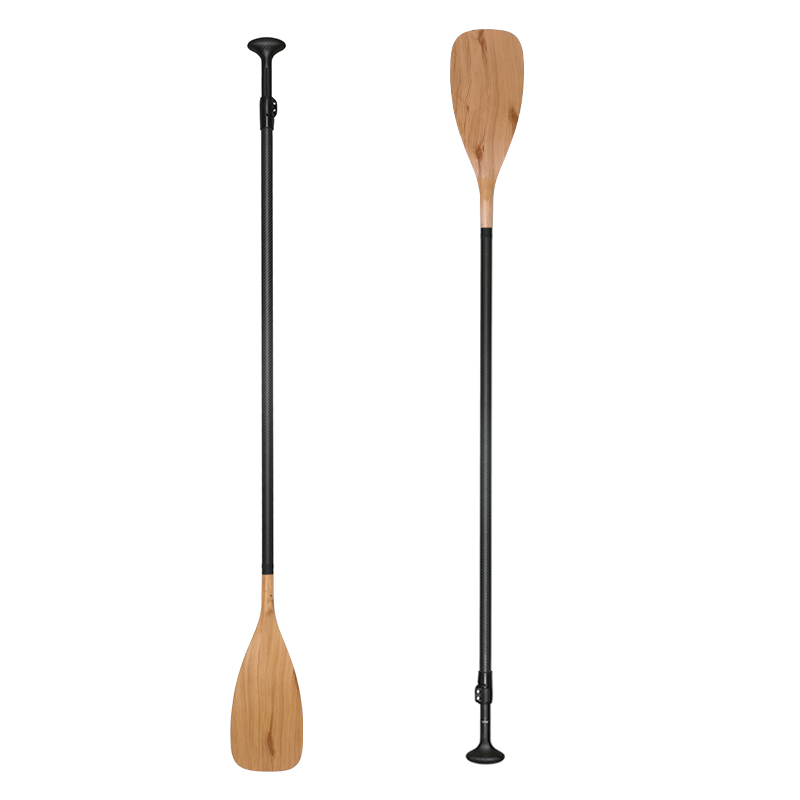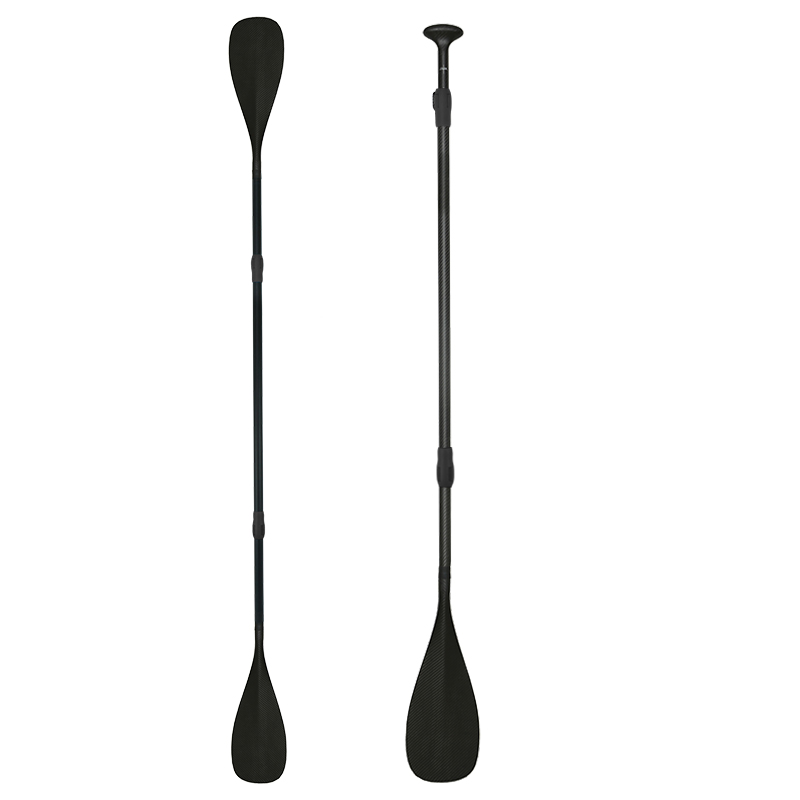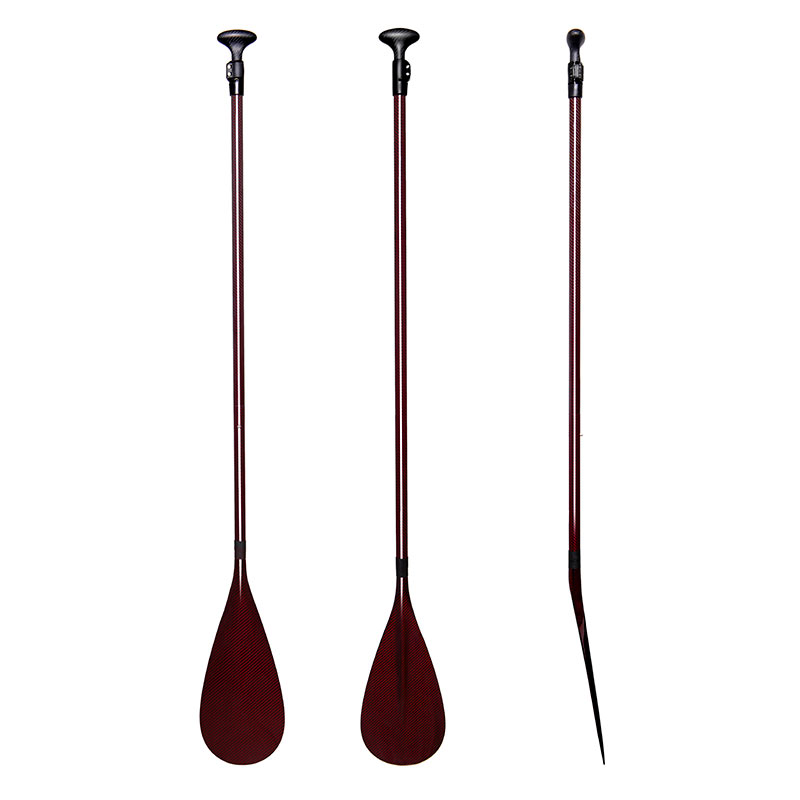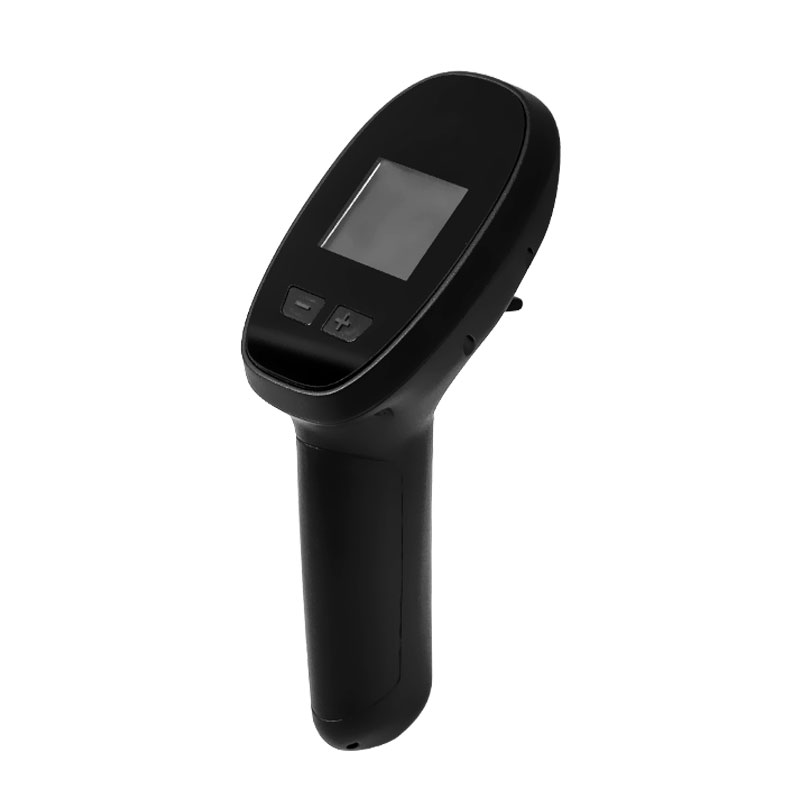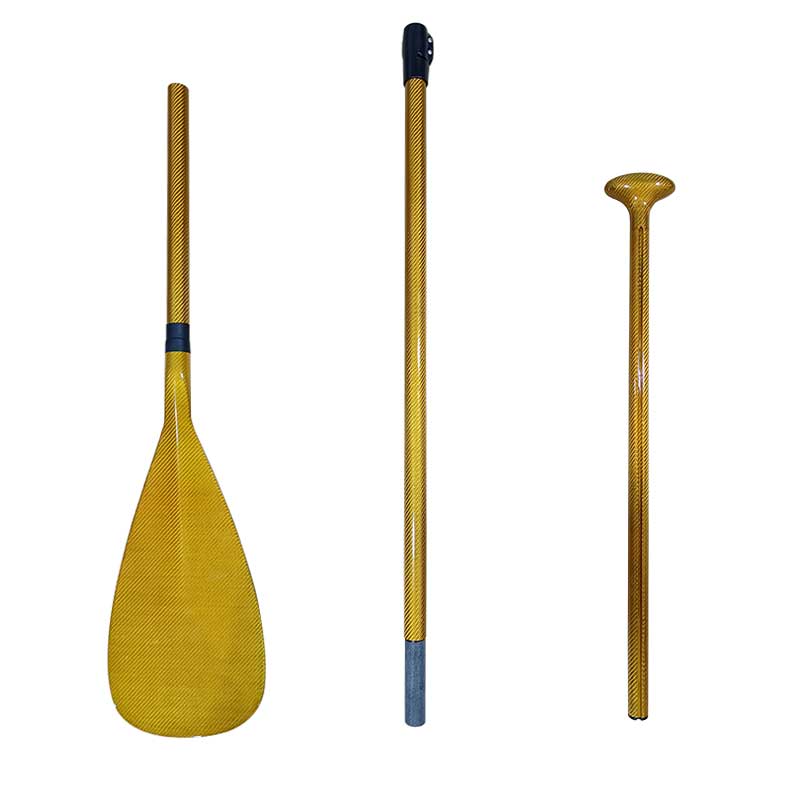In recent years, the world of water sports has witnessed an exciting development with the emergence of wing foil boarding and pump foil boarding. These two water-based activities have gained popularity among adrenaline enthusiasts and water sports enthusiasts alike. In this article, we will delve into the world of wing foil boards and pump foil boards, exploring their features, benefits, and how they differ from each other. If you want to buy surfboards for foiling, welcome to contact us, thank you!
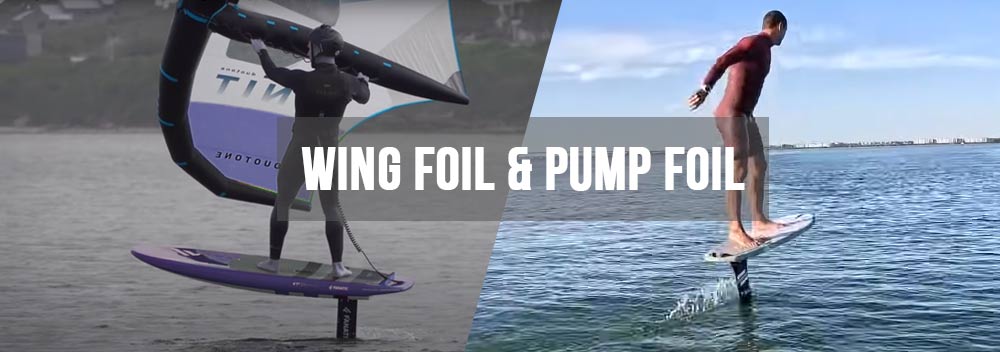
1. Wing Foil Board:
Wing foil boarding combines the exhilaration of wind-powered sailing with the unique experience of hydrofoil technology. The wing foil board is designed to lift an individual above the water’s surface using the power of a handheld wing, allowing for smooth gliding and incredible maneuverability.
– Key Features:
Wing foil boards are intricately designed watercraft, where various aspects contribute to their optimal performance on the water. Understanding the construction materials, shape, size, and design is crucial for enthusiasts seeking the best riding experience.
- Construction Materials: High-quality materials like carbon fiber and fiberglass are commonly used to ensure a lightweight yet durable build. These materials enhance the board’s responsiveness and maneuverability, allowing riders to navigate the water effortlessly.
- Shape: The hydrodynamic shape of a wing foil board is paramount. A sleek, streamlined profile minimizes drag, facilitating efficient gliding on the water surface. The incorporation of concaves and channels helps optimize lift and stability, crucial for achieving balance during wing foiling adventures.
- Size: Board size plays a pivotal role in performance. Smaller boards offer increased agility and responsiveness, ideal for advanced riders executing intricate maneuvers. Conversely, larger boards provide stability, making them suitable for beginners honing their wing foiling skills.
- Design: The design intricacies involve the outline, rocker, and foil placement. A balanced outline contributes to stability, while an appropriate rocker – the curve from nose to tail – affects how the board rides through waves. Additionally, the placement and design of the foil attachment points influence lift and control, shaping the overall experience on the water.
– Benefits:
Highlight the benefits of wing foil boarding, including the ability to harness wind power without relying on waves or wind gusts, the versatility of sailing in various water conditions, and improved physical fitness due to the full-body engagement required.
First and foremost, wing foiling boards offer an exhilarating experience on the water. With the help of a wing, riders can glide effortlessly across the surface, harnessing the power of the wind to propel them forward. This unique feeling of freedom and speed is unmatched in other water sports.
Additionally, wing foiling boards are incredibly versatile. They can be ridden on lakes, rivers, or even in the ocean, making them suitable for a wide range of water conditions. Whether you prefer calm and tranquil settings or crave the adrenaline rush of riding ocean waves, wing foiling boards can accommodate your preferences.
Moreover, wing foiling boards are relatively easy to learn compared to other water sports. With proper instruction and practice, beginners can quickly grasp the basics and start enjoying this thrilling activity. The learning curve is gradual, allowing riders to progress at their own pace and constantly improve their skills.
Another major benefit of wing foiling boards is their portability. Unlike larger watercraft, these boards are lightweight and compact, making them easy to transport and store. Whether you’re embarking on a road trip or simply looking to explore different waterways, wing foiling boards provide convenient access to adventure.
Last but not least, wing foiling boards promote a healthy and active lifestyle. This engaging water sport requires balance, core strength, and coordination, leading to a full-body workout. Not only does it provide cardiovascular benefits, but it also boosts mental well-being by allowing riders to disconnect from the stresses of everyday life and connect with nature.
– Riding Techniques:
1. Mastering the art of wing foil board riding requires time and practice. Start by getting comfortable with the wing and controlling its power. Once you have a good grip on the wing, focus on finding your balance on the board. Remember to keep your weight forward and evenly distributed.
2. The key to successful wing foil board riding is proper body positioning. As you ride, bend your knees and keep your body low to maintain stability and control. Leaning into the wind will help you maintain balance and control the wing’s power. Keep your eyes forward and anticipate any changes in the wind direction.
3. When it comes to maneuvering, start with small turns by shifting your weight from side to side. To make sharper turns, use your feet to apply pressure to the toes or heels. Experiment with different foot positions to find what works best for you. Remember to maintain control of the wing throughout the entire maneuver.
4. As you progress, try to experience the thrill of flying above the water’s surface. This requires generating enough speed and using the wing to generate lift. Tilt the wing slightly upwards to catch more wind and lift yourself. Stay focused and maintain a steady posture to avoid losing balance.
Remember, practice makes perfect! Don’t be afraid to challenge yourself and push your limits. Stay safe and enjoy the exhilarating experience of wing foil board riding!

2. Pump Foil Board:
Pump foil boarding is another thrilling water sport that utilizes the power of hydrofoil technology. Unlike wing foil boarding, pump foiling involves propelling the board with leg pumping movements alone, making it a challenging yet rewarding activity.
– Key Features:
The design aspects of a pump foil board encompass several key elements that contribute to its functionality and performance. These include the hydrofoil system, board shape and size, as well as the important role of foot straps in maintaining control.
The hydrofoil system is a critical component of a pump foil board. It consists of a long mast and a wing-shaped foil attached to the bottom of the board. As the board moves through the water, the hydrofoil generates lift, allowing the rider to glide above the surface. The design of the hydrofoil wing is carefully engineered to optimize lift and reduce drag, enabling efficient pumping and maneuverability.
The shape and size of the board also play a significant role in its performance. Pump foil boards typically have a long and narrow shape, which reduces drag and improves control. The reduced surface area of the board also allows for quicker acceleration and better maneuverability.
Foot straps are essential in maintaining control and stability while riding a pump foil board. They provide a secure connection between the rider’s feet and the board, allowing for precise and efficient movements. The placement and adjustability of the foot straps are crucial, as they need to accommodate different stances and riding styles.
In conclusion, a pump foil board’s design incorporates various elements, including the hydrofoil system, board shape, size, and the role of foot straps. Understanding these aspects is essential for enthusiasts looking to explore the exciting world of pump foil boarding.
– Benefits:
Pump foiling offers numerous advantages. Firstly, it provides an excellent opportunity to enhance leg strength and endurance. Through precise and controlled pumping motion, riders engage their leg muscles, leading to improved muscle tone and endurance.
Secondly, pump foiling allows riders to enjoy their water sport even in windless conditions. Unlike traditional sailing or kiteboarding, which heavily relies on wind, pump foiling utilizes water movements to generate propulsion. This means that even on calm days, riders can still have a thrilling and exciting ride.
Lastly, pump foiling opens up the potential for performing tricks and jumps. The ability to generate speed and momentum through pumping allows riders to launch themselves off wakes and ramps, showcasing their skills and creativity in the air. This aspect adds an extra level of excitement and entertainment to the sport.
In conclusion, pump foiling not only offers a great workout for leg strength and endurance but also enables riders to enjoy their sport even without wind. Furthermore, it provides a platform for performing tricks and jumps, allowing riders to push their limits and demonstrate their aerial abilities.
– Pumping Techniques:
To achieve pump foiling, riders employ specific pumping techniques that enable them to generate speed and maintain momentum without relying on external forces. This involves a combination of leg movements, weight distribution, and board control.
Leg movements play a crucial role in pump foiling. The rider bends their legs slightly and uses a pumping motion to transfer energy from their body into the foil. By extending and flexing their legs in a coordinated manner, they generate thrust that propels them forward.
Weight distribution is another key aspect of pump foiling. By shifting their weight between their front and back foot, riders can control the lift generated by the foil. As they bend their knees and bring their weight forward on the front foot, they increase lift, allowing the foil to rise out of the water. Conversely, shifting weight back toward the back foot reduces lift and brings the foil back down.
Maintaining board control is essential for successful pump foiling. Riders need to maintain a stable and balanced posture while executing the pumping motions. This involves keeping the upper body relaxed and centered over the board, while the legs absorb and transfer the energy generated during the pumping motion. The rider must also maintain control over the foil, adjusting their body position and technique to respond to changes in speed and pitch.
By mastering these pumping techniques, riders are able to generate speed and maintain momentum in pump foiling without relying on external forces. The coordination of leg movements, weight distribution, and board control allows them to harness the power of the foil and glide effortlessly across the water.

3. Differences and Similarities:
Embarking on the aquatic frontier, the realm of wing foil boards and pump foil boards unfolds with nuances that discerning riders must navigate. In the symphony of construction, both these watercraft showcase a dance of materials. The wing foil board, a concoction of durable foam core, cocooned in layers of fiberglass and carbon fiber, wields stiffness as its ally for unparalleled control on the water’s surface. Meanwhile, the pump foil board mirrors this choreography but with a distinct rhythm, prioritizing lightweight materials to orchestrate efficiency during pumping motions.
Durability becomes the silent pact with the waves for wing foil boards, a commitment etched in the fusion of foam core and reinforced layers, resilient guardians against the rigors of high-speed exploits. In contrast, pump foil boards, with a nod to weight reduction, willingly trade off some durability. They become ephemeral spirits, focusing on maximizing pumping efficiency and pirouetting through aerial maneuvers.
Weight, a gravitational conversation in the realm of watercraft, takes center stage. The wing foil board, with a stoic demeanor, carries a slightly heavier mantle, an embodiment of stability and control at breakneck speeds. On the opposite shore, the pump foil board sheds weight like excess baggage, a deliberate choice to amplify momentum generation and choreograph aerial acrobatics with finesse.
In essence, these aquatic companions, though united by construction techniques, waltz to different beats. The wing foil board champions durability, stability, and control, a steadfast partner in conquering the waves. Conversely, the pump foil board dons the attire of lightness, a nimble spirit sculpted for efficient pumping and captivating aerial ballets. The choice between the two unfolds as a personal odyssey, dictated by rider preferences and the envisioned dance with the sea.
Conclusion:
Wing foil boarding and pump foiling present water sports enthusiasts with thrilling and unique experiences in the realm of hydrofoil technology. Understanding the features, benefits, and variations between wing foil boards and pump foil boards allows individuals to make informed decisions about which activity suits their interests and abilities best. Whether gliding with the wind or pumping with the legs, these sports offer adventure and excitement for those seeking a new challenge on the water.

